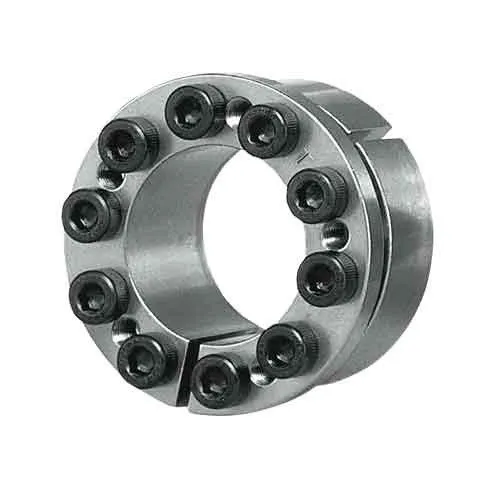Choosing the Perfect Timing Pulley: Materials and Design Considerations
Timing pulleys play a crucial role in various mechanical systems, providing precise power transmission by synchronizing the movement of belts and other components. Selecting the right timing pulley is essential for optimal performance and efficiency in your machinery. In this guide, we’ll explore the key considerations for choosing the perfect timing pulley, focusing on materials and design factors. As a leading Timing Pulley Manufacturer in India, Aashapuri Engineering is dedicated to providing insights into making informed decisions for your engineering needs.

Understanding Timing Pulleys:
Before delving into materials and design considerations, let’s briefly understand the function of timing pulleys. These pulleys have teeth that mesh with the teeth of a timing belt, ensuring accurate and synchronous rotation of shafts in machinery. Timing pulleys are widely used in various industries, including automotive, robotics, printing, and manufacturing.
Materials for Timing Pulleys:
The choice of material for timing pulleys significantly impacts their performance, durability, and suitability for specific applications. Here are some common materials used in manufacturing timing pulleys:
- Aluminium:
- Aluminium timing pulleys are lightweight and corrosion-resistant, making them suitable for applications where weight reduction is essential.
- They offer good thermal conductivity and are often used in environments with moderate loads and speeds.
- Steel:
- Steel timing pulleys are known for their exceptional strength and durability, making them ideal for heavy-duty applications.
- They can withstand high loads, shocks, and vibrations, making them suitable for demanding industrial environments.
- Plastic:
- Plastic timing pulleys, such as those made from nylon or polyoxymethylene (POM), offer benefits such as low noise operation, corrosion resistance, and self-lubricating properties.
- They are commonly used in applications where chemical resistance and noise reduction are priorities.
Design Considerations:
In addition to material selection, the design of timing pulleys plays a critical role in their performance. Here are some design factors to consider:
- Tooth Profile:
- The tooth profile of a timing pulley determines how it engages with the teeth of the timing belt.
- Common tooth profiles include trapezoidal (HTD), curvilinear (GT2), and modified curvilinear (GT3). The choice depends on factors such as torque requirements, backlash tolerance, and speed.
- Pitch Diameter:
- The pitch diameter of a timing pulley is the diameter of the imaginary circle formed by the centers of the teeth.
- It determines the speed ratio between the driving and driven shafts and influences the overall size of the pulley system.
- Bore Size and Mounting:
- Consider the bore size of the timing pulley to ensure compatibility with the shaft diameter of your machinery.
- Pay attention to the mounting method, whether it’s through a keyway, set screw, or taper lock bushing, to ensure secure and reliable installation.
- Load Capacity:
- Evaluate the maximum load capacity of the timing pulley to ensure it can withstand the forces and stresses encountered during operation.
- Factors such as radial and axial loads, as well as dynamic and static loads, should be taken into account.
Conclusion:
Choosing the perfect timing pulley involves careful consideration of materials and design factors to ensure optimal performance and reliability in your machinery. Whether you require lightweight aluminium pulleys for efficiency or robust steel pulleys for heavy-duty applications, Aashapuri Engineering, as a leading Timing Pulley Manufacturer in India, offers a wide range of options to meet your specific requirements. By understanding the unique needs of your application and selecting the right timing pulley accordingly, you can enhance the efficiency, longevity, and productivity of your mechanical systems.
